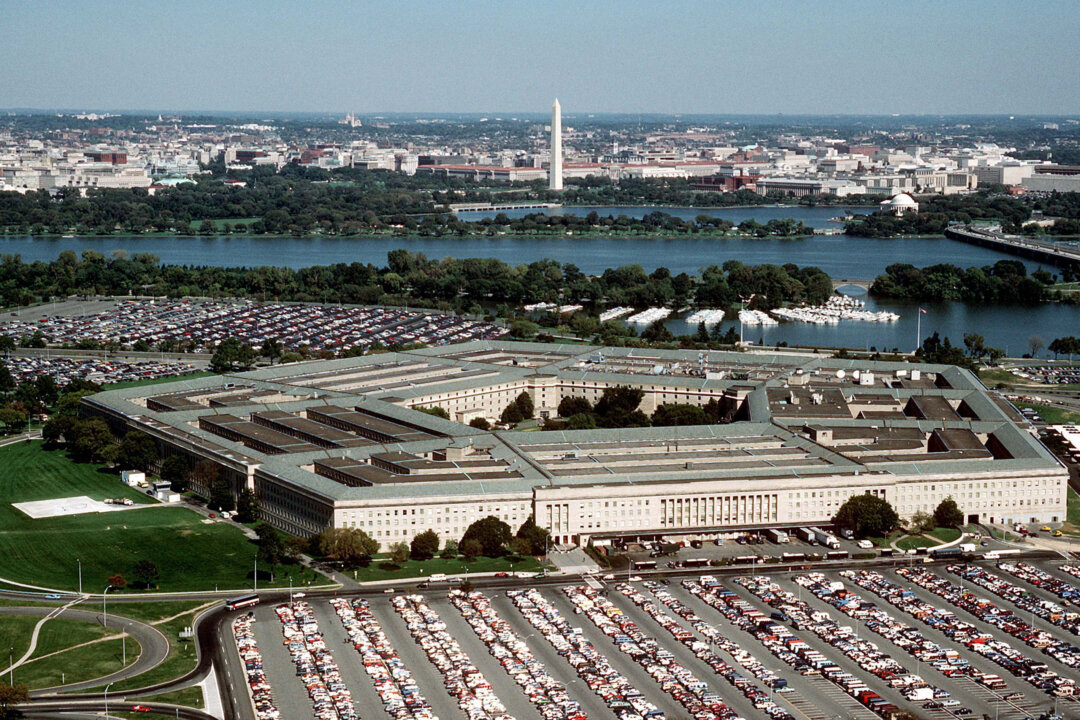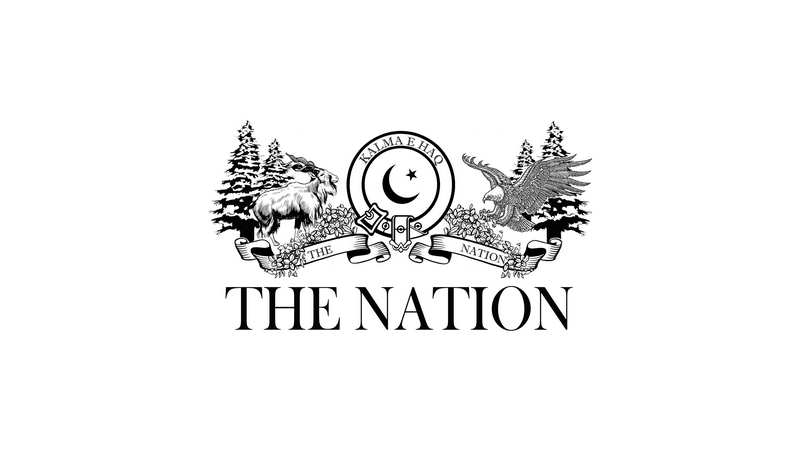L ubricated with lashings of cognac, the plan to stop a world war emerged over dinner one summer night in 1940. The world’s largest crude oil producer, the U S , would end all exports to Germany and Japan, British Ambassador Philip Henry Kerr and Treasury Secretary Henry Morgenthau Jr proposed. The Royal Air Force would bomb the synthetic oil plan t s along France’s Rhône valley and blow up wells in the Dutch East Indies.
Franklin D Roosevelt, then- US president, was electrified : “The only way out,” he agreed, “was by the starving of the people of Europe, particularly in regard to their supply of fuel to carry on the war.” Eighty years later, another American president, Donald Trump, turned to similar economic coercion in an effort to secure his nation’s continued global hegemony. The massive tariffs Trump has imposed on China, in key senses, have nothing to do with tariffs.

Trump, as economic journalist Will Dunn points out, is telling other powers that the price of access to America’s markets is in obedience to America’s rules. Trump’s sanctions, in essence, contain an unspoken geopolitical message. To continue harvesting the American wealth that has helped it become a great power, China will need to stop threatening American allies in Asia, such as Taiwan, South Korea, and Japan.
Likewise, President Xi Jinping will have to abandon his plans to create a coalition of states that will challenge the dominance of the West. Trump sees the pain of economic dislocation as better than the savage suffering of war. Likely, American strategists see this moment in history as an exceptionally good time to twist the dragon’s tail and drag it back to its cage.
China is struggling with a slump in the critical property sector, a growing joblessness crisis, and anaemic domestic demand. Only a few of the country’s expensive Belt-and-Road global projects have delivered returns, and many investors have ended up taking haircuts. The last thing it needs is a trade war.
From the story of the oil embargo that the US imposed on Japan in 1940, after that dinner, there are valuable lessons to be learned. American sanctions ended supplies of high-octane aviation fuel, scrap iron, and lubricants — an effort to cripple Japan’s war-economy. There’s no doubt it worked.
First, the sanctions compelled Japan to divert badly needed machines, materials, and men to increase the production of iron ore. Second, it forced Japan to draw heavily upon the hoarded stockpiles of scrap iron and iron ore. Together, these destroyed all hopes for increasing steel production ahead of a full-scale war, historian Irvine Anderson has recorded .
There was just no way, it seemed, that Japan could sustain a war. And then, this happened: Fearing the power asymmetry between it and the West would only grow as sanctions bit, Japan sought out and targeted America’s Pacific Fleet in December 1941 at Pearl Harbor . Its Generals gambled that they could deliver a knock-out blow with what they had, putting America’s feared Pacific Fleet out of the war once and for all.
Following the end of the First World War, Japan emerged with its ambitions reined in. The country acquired some minor islands and the port of Shandong in China, Naoko Shimazu explains . To get this, however, it gave up a far more important demand for all powers to be treated on the basis of racial equality.
Later, at negotiations in Washington, the powers agreed that the UK and the US could maintain fleets of 500,000 ton nes , but Japan only 300,000 tonnes. The parties were also barred from new bases in the Pacific. The bottom line was simple: For all practical purposes, Japan would have to agree to remain a second-rate power in a world dominated by the UK and the US.
Few were surprised by this, in or outside the country, historian Eri Hotta writes . “There is a Law of Nations, it is true,” ran a Japanese ditty popular in the 1880s, “but when the moment comes, remember, the strong eat up the weak.” In 1853, American naval commander Matthew Perry sailed into Edo Bay, determined to end a two-century-long policy of Japanese isolationism.
Within a year, Japan agreed to begin trade, conceding the American demands. There were, however, deep resentments building up in Japan. Liberals and Marxists were willing to make concessions for integration into a wider, West-led order.
Ethnic nationalists, however, saw Japan as the rightful mei shu , or leader, of a new Pan-Asian continental order. Following these events, Japan entered the period of the Meiji Restoration, embracing Western technologies and communications infrastructure to develop its own industrial power. The process of growth was remarkable.
In 1 90 4, Japan was able to stage a surprise attack on the Russian naval fleet, leading to land victories in the Battle of Mukden and the Battle of Tsushima. This was the first time an Asian power had registered military successes against a White imperial power. For many across Asia, the victories signalled that subjugation by the West was not inevitable.
Among them was to-be Prime Minister Jawaharlal Nehru , who “mused of Indian freedom and Asiatic freedom from the thraldom of Europe.” Also read: Trump’s reckless policies won’t be the end of the American era or its global leadership Leaders of the so-called Kwantung Army responded to this new situation by developing a plot to create their empire—seizing China’s three north eastern provinces in 1931, likely without the direct approval of their civilian commanders in Tokyo. The fighting rapidly expanded southward toward Shanghai.
The Pan-Asian imperialists showed themselves to be much like other imperialists. The institutionalised use of rape and massacre in the Battle of Nanking –China’s then-capital city seized by the Japanese Army in 1937— continues to scar China’s consciousness, Iris Chang has written . The barbarity of the Japanese campaign mirrored what the Nazis would later use in Europe, historian Doug Hickey and co-authors have recorded .
Led by the notorious General Ishii Shiro, thousands were subjected to chemical and biological warfare experiments. The experiments carried out on children, prisoners of war, and rural residents of China’s Manchuria included injecting subjects with bubonic plague and then vivisecting them to study the organs. Fury against the war of colonisation in China—coupled with strategic self-interest—brought increasing pressure on the US to act.
The country responded with a thoroughgoing programme of sanctions intended to inflict costs on Japan’s military and civil society. Edward S Miller’s excellent book on the sanctions regime shows how the template for generations of subsequent actions was first formed. First, dollars and gold held by Tokyo in American banks were frozen, making it hard for Japan to make purchases.
Following this, sales of military aircraft were squeezed, falling to almost zero. Though Japan could make its aircraft, the US stepped up the pressure by ending supplies of critical metals—aluminium, magnesium, and molybdenum. Finally came the end of sales of scrap metal and fuel.
This presented Japanese military planners with a simple choice: They could act before their resources were depleted and deliver one quick blow that would knock the US out of the Pacific. Alternatively, they could scale back their own imperial ambitions. Also read: Can India satisfy Trump with tariff reduction? Vietnam has already tried and failed Early on the morning of 7 December 1941, the choice Japan had made became clear: A raid of breathtaking audacity on Pearl Harbor, with planes almost certainly using American-made aviation fuel, hammered the Pacific Fleet.
That day, however, Japan also lost the war. The three great American aircraft carriers — Enterprise, Lexington, and Saratoga — gave the US Navy the ability to fight. And as it did, America’s gargantuan industrial base geared up, by far matching Japan’s sanctions-hit productive capacities.
The war still lasted far longer than anticipated—in part because Japan had prepared for the worst. The Yokohama Specie Bank, Miller writes, ran a secret dollar network that managed to pay for imports under the noses of US regulators. The Japanese also built up stockpiles of metals and minerals that were key to the war effort.
All this didn’t work. Like Germany, Japan was bled dry by its lack of fuel and metals. Xi knows this history better than most—and he also knows China isn’t the resource-strained, industrially underprepared country Japan was in 1941.
He has to consider, though, if following his nationalist dreams of seizing Taiwan and lands on Chinese peripheries is worth the damage that will be caused to China. The disturbing truth is nations do not always make rational choices, any more than human beings. Trump’s vision of American hegemony or Xi’s ideas of a coming moment of Chinese greatness is, like Japan’s fantasy of a Pan-Asian empire, ideological constructions—the stories on which nation-states base their sense of themselves and their destinies.
Twisting the dragon’s tail can lead it back to its cage, perhaps, but it is just as possible the response is a savage bite and a blast of fire. Praveen Swami is contributing editor at ThePrint. His X handle is @praveenswami.
Views are personal. (Edited by Aamaan Alam Khan) var ytflag = 0;var myListener = function() {document.removeEventListener('mousemove', myListener, false);lazyloadmyframes();};document.
addEventListener('mousemove', myListener, false);window.addEventListener('scroll', function() {if (ytflag == 0) {lazyloadmyframes();ytflag = 1;}});function lazyloadmyframes() {var ytv = document.getElementsByClassName("klazyiframe");for (var i = 0; i < ytv.
length; i++) {ytv[i].src = ytv[i].getAttribute('data-src');}} Save my name, email, and website in this browser for the next time I comment.
Δ document.getElementById( "ak_js_1" ).setAttribute( "value", ( new Date() ).
getTime() );.
Politics

Trump’s economic coercion to secure US hegemony feels like it’s 1940s all over again

Through the massive tariffs imposed on China, journalist Will Dunn says, Trump is telling other powers that the price of access to America’s markets is in obedience to America’s rules.














